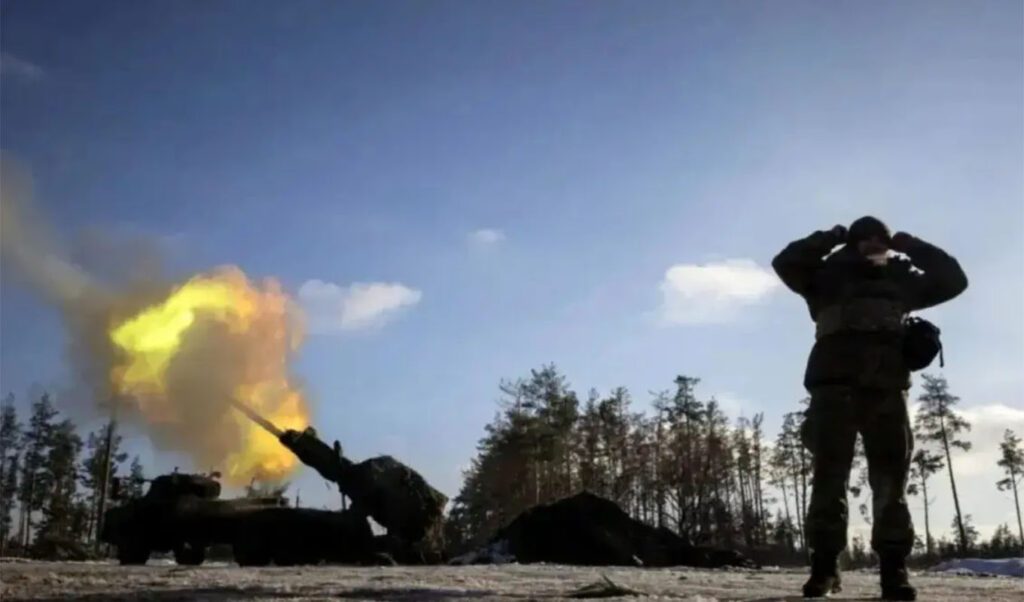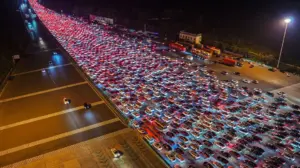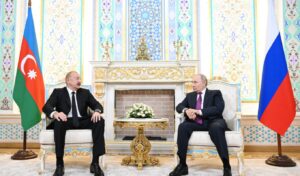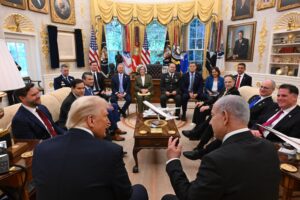NATO is engaged in consultations for a more decisive reaction against Russia’s continuously escalating provocations. Proposals on the table include deploying armed drones along borders, as well as relaxing rules of engagement for pilots patrolling Alliance airspace in the east. According to four NATO officials who spoke anonymously to the Financial Times, the discussions aim to increase costs for Moscow regarding its so-called “hybrid warfare” and establish clear countermeasures against repeated airspace violations by Russian fighter jets and drones.
Financial Times: Initiative from Poland and Baltic states – Paris and London show support
Frontline countries on NATO’s eastern borders, such as Poland, the Baltic Republics and Romania, were first to demand a tougher stance, with support from France and the United Kingdom. The discussion has now expanded to a broader circle of Alliance states, as concern grows over Russian destabilization operations.
Among the proposals are:
– fortifying borders with armed UAVs currently used only for surveillance,
– reducing engagement restrictions so pilots can open fire without visual confirmation, and
– conducting NATO exercises near Russian borders, even in areas with low military presence.
Donald Trump: NATO should open fire on Russian aircraft
US President Donald Trump reportedly gave new momentum to the discussion, stating last month that “NATO should open fire on Russian aircraft” that violate member state airspace. This statement came after a series of Russian provocations, including the first direct engagement of NATO aircraft with Russian drones since 2022, when the invasion of Ukraine began. Russian UAVs have violated Polish and Romanian airspace, while MiG fighters reportedly entered Estonian airspace.
Dangerous provocations in European airspace
Meanwhile, dozens of unidentified drones have caused massive disruptions at airports in Belgium, Denmark and Germany. European security services suspect they originate from Russian “gray zone” operations, as part of hybrid warfare that includes cyber attacks and sabotage.
US Ambassador to NATO Matthew Whitaker stated he works “daily with allies to have better options for countering asymmetric and hybrid attacks” and emphasized the need for “enough steps on the escalation ladder.”
Reactions within NATO
Some countries demand a more aggressive stance, while others counsel restraint, fearing direct military confrontation with a nuclear power like Russia. A NATO diplomat noted that “there are active discussions on how we can respond more effectively to Russia,” however talks are still in early stages.
Last month the Alliance held two emergency meetings following incidents in Poland and Estonia, and launched the Eastern Sentry mission to strengthen air defense of frontline states.
EU prepares parallel measures
Meanwhile, the European Union plans to take corresponding measures against Russian provocations, such as movement restrictions on Russian diplomats accused of espionage or sabotage, as well as funding anti-aircraft and anti-drone systems on European soil.
Commission President Ursula von der Leyen emphasized before the European Parliament: “This is a targeted gray zone campaign against Europe. And Europe must respond.” She added: “Russia wants to sow discord. We must respond with unity. It’s not enough to react, we must deter. If we hesitate, the gray zone will expand.”




